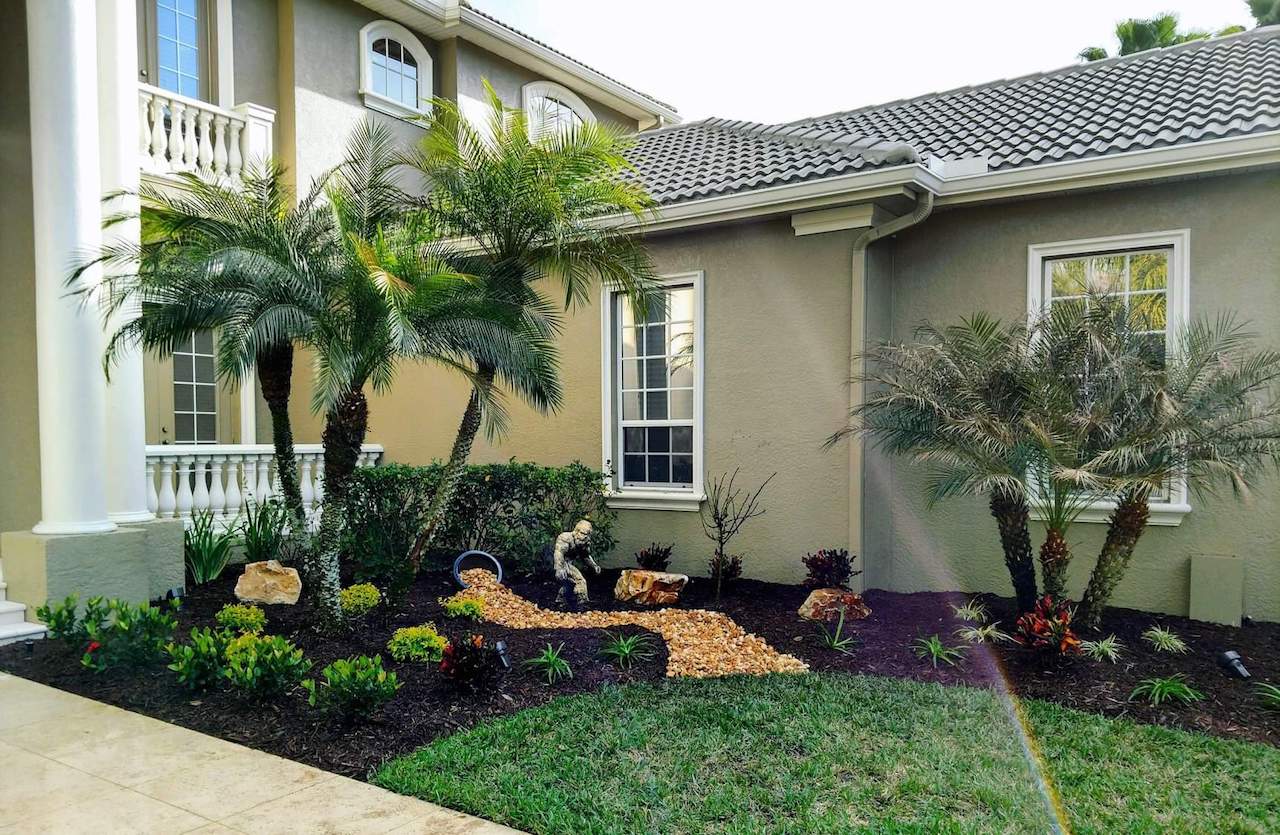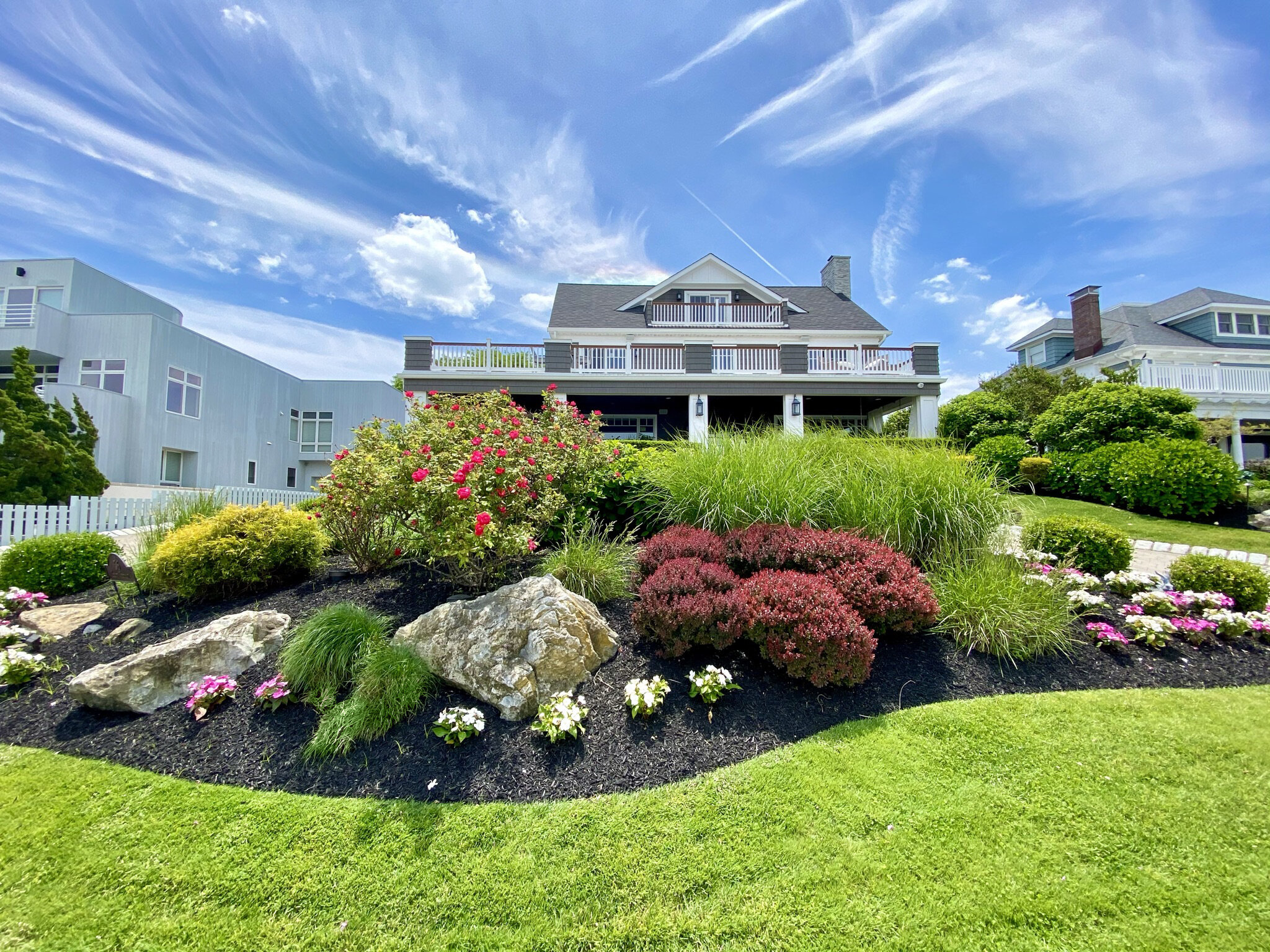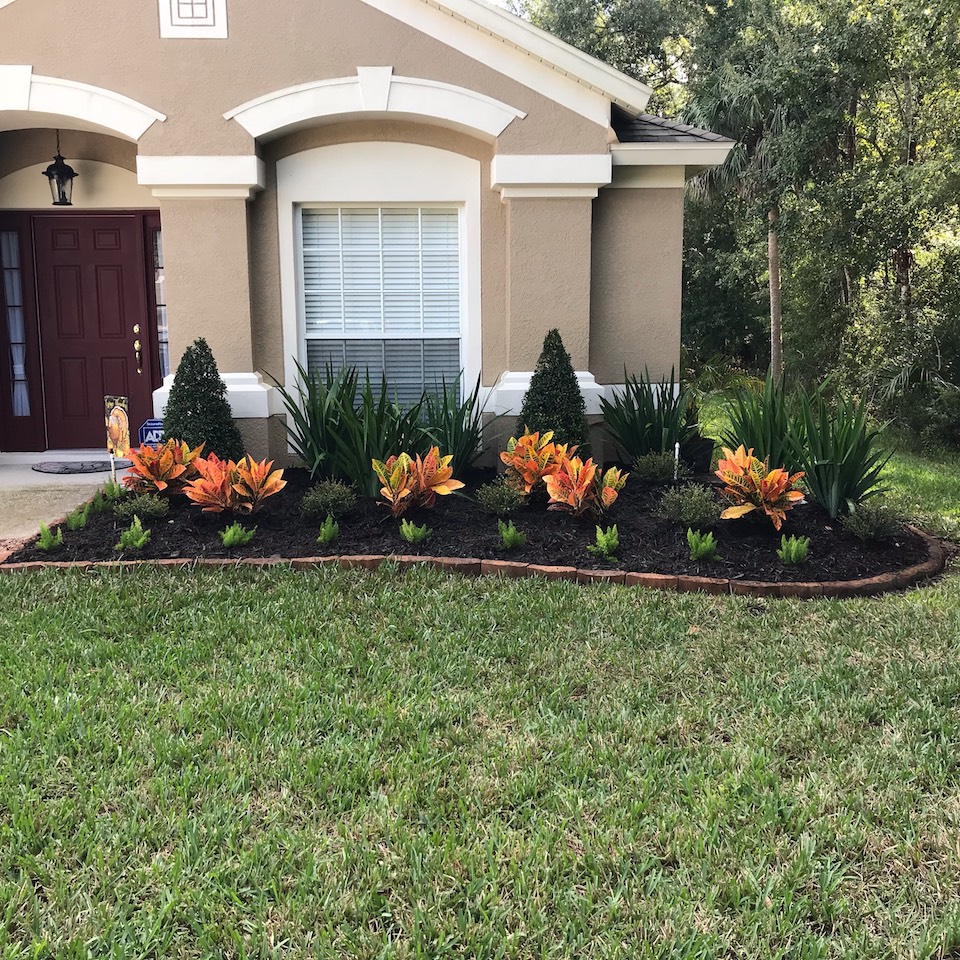How Palm Desert Landscaping Can Elevate Your Home's Curb Charm
A Comprehensive Overview to Creating and Implementing Effective Landscaping Solutions
The art and scientific research of landscaping extend beyond plain aesthetic appeals; they involve a thoughtful integration of layout concepts, ecological stewardship, and functional implementation. A comprehensive overview to reliable landscaping solutions starts with a thorough understanding of your exterior area, emphasizing the importance of unity, proportion, and equilibrium. As we discover sustainable strategies and the choice of suitable vegetation, the ramifications for biodiversity and community health end up being progressively evident. What methods can one employ to make certain these landscapes not only flourish however also prosper attuned to their environments?

Comprehending Landscape Style Principles
One could wonder what fundamental aspects contribute to reliable landscape style. At its core, successful landscape layout rests on several vital principles that guide the setup and choice of components within an area. These principles consist of unity, balance, percentage, and rhythm, each serving to develop a harmonious exterior atmosphere.
Unity refers to the natural relationship amongst various elements, ensuring that they function together aesthetically and functionally. Equilibrium can be attained through in proportion or asymmetrical plans, allowing the landscape to feel secure and inviting. Percentage entails understanding the range of components in connection with each various other and the surrounding environment, promoting aesthetic consistency and comfort.

Assessing Your Outdoor Space
Before executing the principles of landscape style, a detailed analysis of your outdoor space is important. This preliminary analysis helps define the range of your landscape design task and guarantees that your style lines up with the one-of-a-kind qualities of your building. Begin by analyzing the dimensions of your space, taking specific dimensions to recognize the available area for various aspects such as pathways, gardens, and patios.
Next, observe the existing features of your landscape, consisting of topography, dirt top quality, and water drainage patterns. These variables dramatically affect plant option and positioning. In addition, examine the sunshine exposure across different locations throughout the day, as this will certainly influence the sorts of plants that prosper in your yard.
Think about the microclimates created by structures, trees, and various other barriers, as they can influence temperature level and moisture levels. Take note of any kind of existing plants or hardscape aspects that you wish to remove or preserve. This thorough examination prepares for a well-informed and reliable landscape design remedy, making sure that your design is not just visually pleasing however likewise functional and lasting for several years to find.
Sustainable Landscaping Methods
These methods not just promote environmental equilibrium however likewise enhance the practical and visual worth of a landscape. Applying effective watering systems, such as drip watering, minimizes water waste and guarantees that plants obtain ample moisture (Palm Desert Landscaping).

An additional navigate here efficient strategy is the strategic placement of trees and hedges to supply natural windbreaks and shade, therefore decreasing energy expenses (Palm Desert Landscaping). Rainfall yards can be incorporated into the landscape layout to take care of stormwater overflow properly, filtering contaminants before they go into rivers
Choosing the Right Plants
Picking the right plants for your landscape is essential to achieving both visual appeal and eco-friendly harmony. The procedure begins with an understanding of your neighborhood environment, soil problems, and the specific microenvironments within your landscape. Analyzing aspects such as sunshine exposure, wetness degrees, and existing vegetations will assist you choose plants that grow in your special setting.
Take into consideration integrating native plants, as they are well-adapted to neighborhood problems, call for much less maintenance, and assistance regional wildlife. In addition, choosing a varied range of species can improve biodiversity while reducing the threat of illness and pest outbreaks. It is necessary to assess the growth habits, growing periods, and seasonal shades of potential plants to produce a natural and vibrant landscape.
Furthermore, consider the planned usage of the area; for example, if the area will experience high foot traffic, go go to these guys with resistant ground covers. By attentively selecting plants that line up with both your environmental demands and visual objectives, you can develop a lasting landscape that not just boosts your residential property yet additionally contributes favorably to the surrounding community.

Implementation and Maintenance Methods
As soon as the best plants have actually been chosen for your landscape, the emphasis changes to effective application and continuous upkeep strategies. Successful setup starts with correct site preparation, which includes dirt testing to figure out nutrient degrees and pH, followed by amending the soil as needed. Carefully organize plants according to their development behaviors and light needs, ensuring appropriate spacing to advertise healthy and balanced development.
Watering is a vital aspect of application. Develop a watering timetable that takes into consideration the details needs of each plant species, adjusting for seasonal changes. Utilizing drip irrigation systems can improve water efficiency and minimize drainage.
Upkeep methods have to be applied to make sure the long life and vigor of your landscape. Normal jobs include weeding, mulching, and pruning to control growth and protect against condition. Fertilization must be performed based upon soil tests, providing the necessary nutrients without over-fertilizing.
Keeping track of for insects and illness is essential; early discovery can stop considerable damage. Seasonal changes to upkeep routines, such as preparing and winterizing perennials for spring development, will ensure that your landscape continues to be aesthetically appealing and healthy and balanced year-round.
Conclusion
Finally, efficient landscaping options require a detailed understanding of style concepts, you could look here precise analysis of outdoor spaces, and the application of lasting techniques. The option of appropriate plant types plays a critical function in enhancing aesthetic charm and ecological durability - Palm Desert Landscaping. Effective implementation and continuous upkeep further ensure the durability and vigor of landscapes. By integrating these aspects, landscapes can be changed into lovely, useful environments that promote biodiversity and contribute positively to area health.
One might wonder what foundational elements contribute to efficient landscape style. At its core, effective landscape style pivots on a number of vital concepts that lead the setup and option of aspects within a room.Picking the right plants for your landscape is crucial to achieving both visual appeal and ecological consistency. It is essential to examine the growth habits, blooming durations, and seasonal shades of possible plants to develop a vibrant and natural landscape.
When the ideal plants have been chosen for your landscape, the focus changes to reliable execution and continuous maintenance techniques.